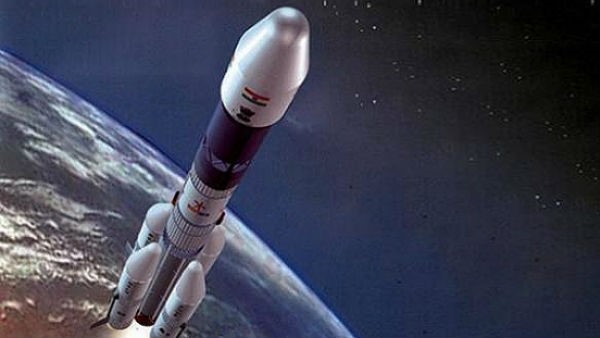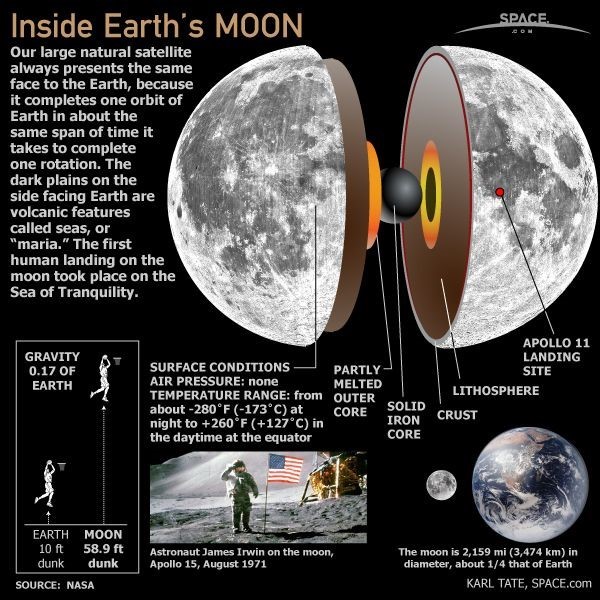Description

Disclaimer: Copyright infringement not intended.
Context
- ISRO has successfully conducted the flight acceptance hot test of the CE-20 cryogenic engine that will power the Cryogenic Upper Stage of the LVM3 launch vehicle for the Chandrayaan-3 mission.
Chandrayaan 3
- Chandrayaan-3 is a follow-on mission to Chandrayaan-2 to demonstrate end-to-end capability in safe landing and roving on the lunar surface. It consists of Lander and Rover configuration. It will be launched by GSLV MkIII from SDSC, Sriharikota. The propulsion module will carry the lander and rover configuration till 100km lunar orbit. The propulsion module has Spectro-polarimetry of HAbitable Planet Earth (SHAPE) payload to study the spectral and polarimetric measurements of Earth from the lunar orbit.
- Lander payloads:Chandra’s Surface Thermophysical Experiment (ChaSTE) to measure the thermal conductivity and temperature; Instrument for Lunar Seismic Activity (ILSA) for measuring the seismicity around the landing site; Langmuir Probe (LP) to estimate the plasma density and its variations. A passive Laser Retroreflector Array from NASA is accommodated for lunar laser ranging studies.
- Rover payloads:Alpha Particle X-ray Spectrometer (APXS) and Laser Induced Breakdown Spectroscope (LIBS) for deriving the elemental composition in the vicinity of landing site.
.jpeg)
Further Details
- It will demonstrate India’s capability of soft landing on a celestial body, with the rover.
- It will then communicate with Earth via the existing orbiter from Chandrayaan-2 and take images 100 km from Moon’s orbit. The orbiter has an estimated lifespan of seven years.
- The unique exploration of Chandrayaan-3 aims at studying not just one area of the Moon but all the areas combining the exosphere, the surface as well as the sub-surface in a single mission.
- With Chandrayaan-1, ISRO achieved immense success as the ‘Moon Impact Probe’ by Chandrayaan-1 lunar remote sensing orbiter detected water in vapor form in trace amounts.
- With Chandrayaan-3, India aims to further the study of the lunar surface, focussing on the South Pole or dark side of the Moon that has not seen sunlight in billions of years, which is believed to have ice and vast mineral reserves.
Why exploring the Moon is imperative?
- The Moon is the closest cosmic body at which space discovery can be attempted and documented.
- Further, Moon is a promising testbed to showcase technologies required for deep-space missions.
- Exploring the Moon will enhance our understanding of the celestial body clearly, stimulating the advancement of technology, promoting global alliances and inspiring future generations of explorers and scientists.

Why Lunar South Pole of the Moon is targeted for exploration?
- The Moon provides the best linkage to Earth’s early history and civilization.
- The exploration will offer an undisturbed historical record of the inner Solar system environment.
- The Lunar South pole is especially interesting because the lunar surface area that remains in shadow is much larger than that at the North Pole.
- Further, there could be a possibility of the presence of water in permanently shadowed areas around it.
- In addition, the South Pole region has craters that are cold traps and contain a fossil record of the early Solar System.

Launch Vehicle Mark 3 (LVM3)
- The Launch Vehicle Mark 3 (LVM3) is ISRO’s newest medium-heavy lift launch vehicle, the heaviest rocket currently in use by India. Formerly called the Geosynchronous Satellite Launch Vehicle Mark III (GSLV Mk III), the rocket is designed to mainly launch satellites into geostationary orbit at 35,000km.
- The LVM3 is capable of lifting much heavier satellites than the GSLV Mk II with a bigger cryogenic upper stage and a larger first stage. Both GSLV Mk II and LVM3 are three-stage vehicles, while the PSLV, which launches to low earth polar orbits, is a four-stage vehicle.
- The GSLV Mk-II can place up to 2,500kg in geosynchronous orbits and up to 5,000kg to low earth orbit. By comparison, the LVM3 can lift 4,000kg to GTO and up to 8,000 kg to LEO.Currently, America’s SpaceX’s non-human rated Falcon Heavy, a super-heavy lift vehicle, is the heaviest rocket that is operational.
- The LVM3 also has the human-rated variant which will be used for Gaganyaan missions.
|
PRACTICE QUESTION
Q) What are the Mission objectives of Chandrayaan 3? Describe. Why exploring the Moon is imperative?
|

















